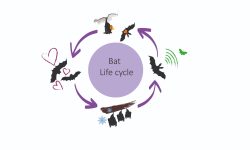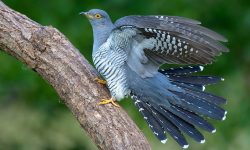Michigan, with its extensive shoreline along four of the five Great Lakes, is a hotspot for gull enthusiasts. From city waterfronts and remote islands to waste sites and icy shorelines, the state hosts a remarkable variety of gulls throughout the year. This article offers a comprehensive look at 31 gull species recorded in Michigan, focusing on their identification, seasonal occurrence, and ecological or conservation significance.
Michigan’s Habitat and Gulls
The state’s geographic diversity, including freshwater coastlines, inland lakes, wetlands, and urban environments, creates ideal conditions for gulls to thrive. Migration routes intersect here, allowing both common residents and rare wanderers to be spotted by observant birders.
Common and Widespread Gulls
1. Ring-billed Gull (Larus delawarensis)
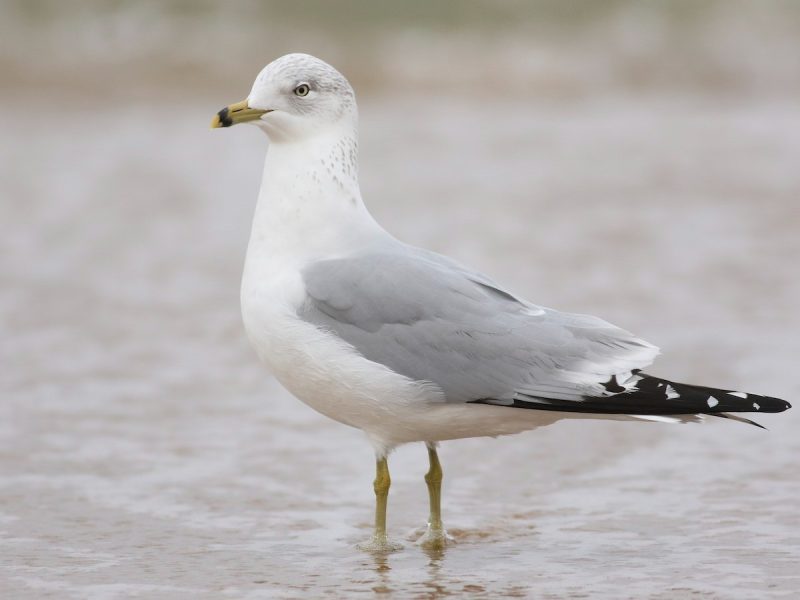
Identification: Medium-sized with a pale gray back, white head and underparts, yellow legs, and a yellow bill marked with a distinctive black ring. Occurrence in Michigan: The most common gull across the state. Breeds locally and found year-round in urban and rural settings, especially near lakes and landfills. Conservation: Population is stable and increasing due to adaptability to human-altered landscapes.
2. Herring Gull (Larus argentatus)
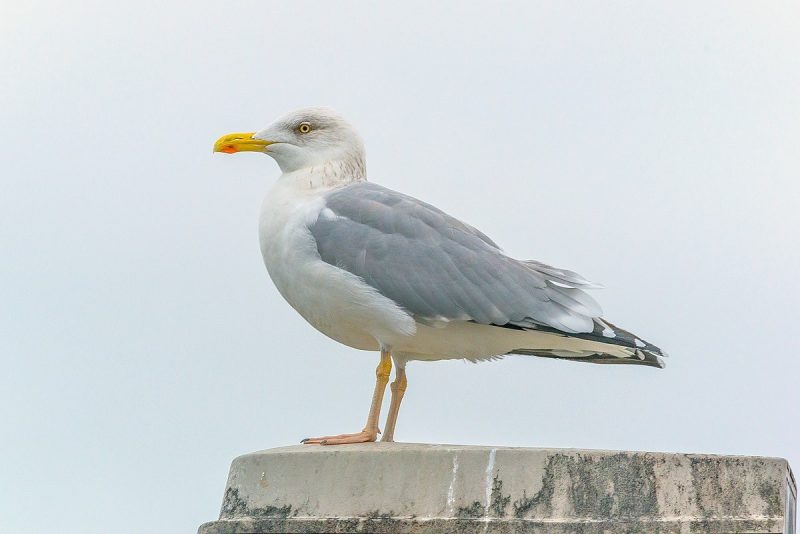
Identification: Large and bulky, pink-legged, with pale gray back, white head, and yellow bill with a red spot. Juveniles are mottled brown. Occurrence in Michigan: Abundant year-round. Breeds on islands in the Great Lakes. Seen along coastlines, piers, and garbage dumps. Conservation: One of the most numerous large gulls. Known for interbreeding with other large gull species.
Seasonal and Winter Visitors
3. Great Black-backed Gull (Larus marinus)
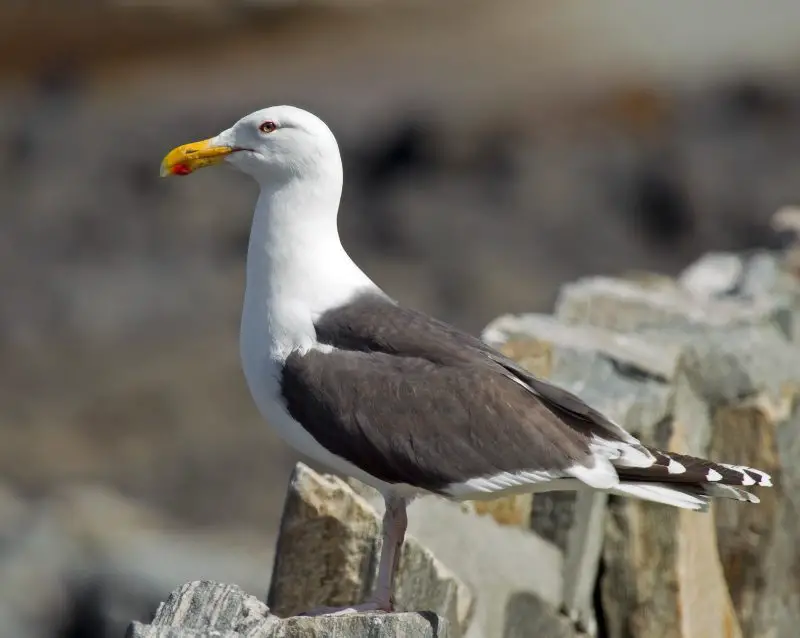
Identification: The largest gull species globally. Glossy black back, white body, pink legs, and large yellow bill with red spot. Occurrence in Michigan: Uncommon but regular winter visitor, mainly along Lakes Erie and Huron. Conservation: Population stable. Does not breed in Michigan.
4. Glaucous Gull (Larus hyperboreus)
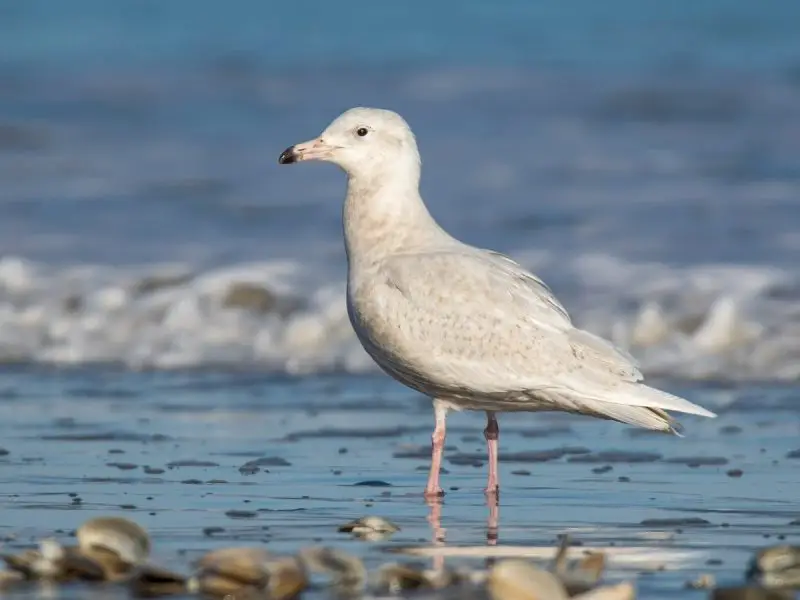
Identification: Very pale gull with white wingtips and a thick pink bill tipped with black. Immatures are creamy white. Occurrence in Michigan: Scarce but regular in winter. Often found near ice edges and harbors. Conservation: Breeds in the high Arctic. Its presence indicates cold northern influxes.
5. Iceland Gull (Larus glaucoides)
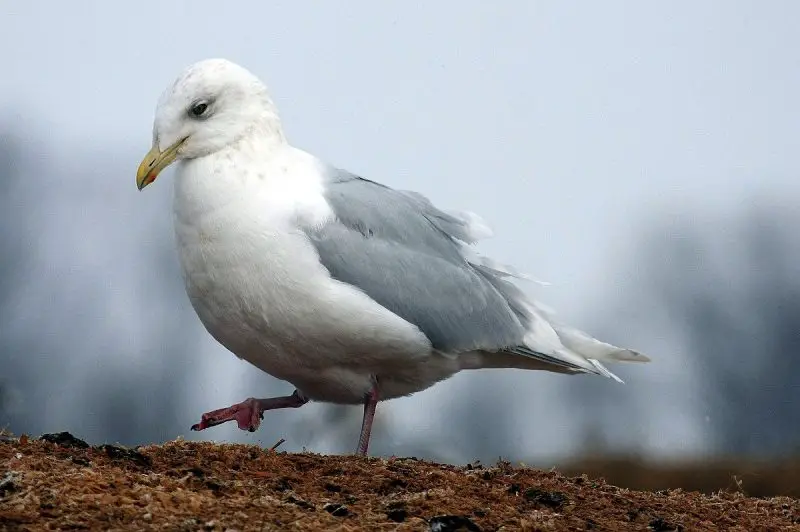
Identification: Graceful, small pale gull with pale gray back and white wingtips. Smaller than Glaucous Gull. Occurrence in Michigan: Rare winter visitor, particularly near industrial docks and outflows. Conservation: Population stable. Often confused with Thayer’s Gull.
6. Thayer’s Gull (Larus glaucoides thayeri)
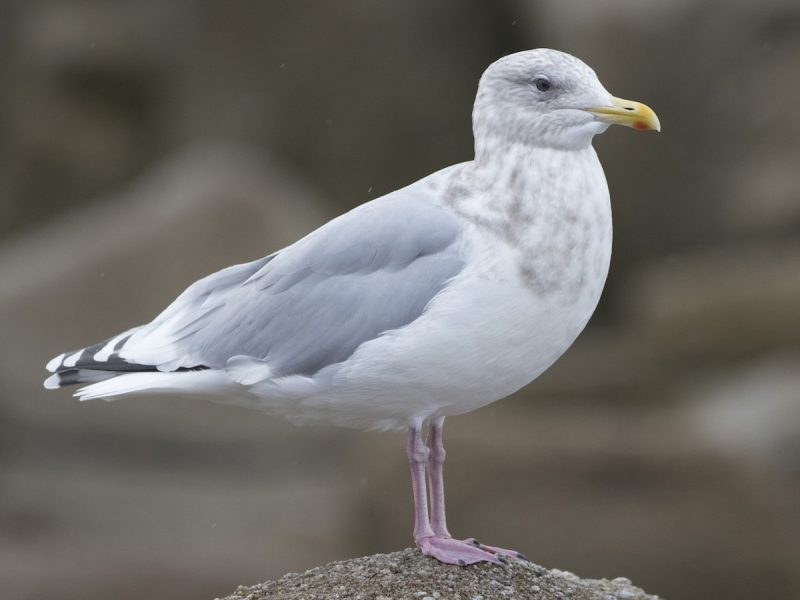
Identification: Slightly darker primaries than Iceland Gull. Shows contrast between wingtips and back. Occurrence in Michigan: Rare but regular in winter, sometimes among Iceland Gulls. Conservation: Subspecies of Iceland Gull, though still debated.
7. Lesser Black-backed Gull (Larus fuscus)
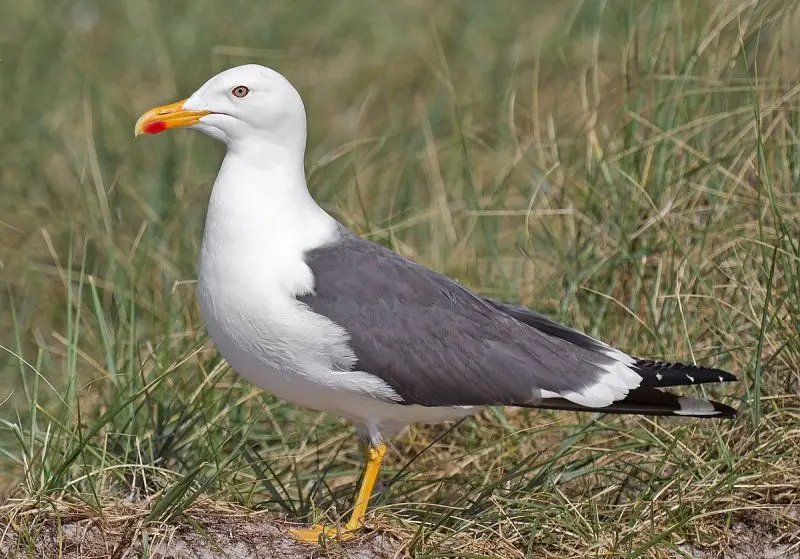
Identification: Sleek with a slate-gray back, yellow legs, and a long-winged look. Occurrence in Michigan: Increasingly common migrant and winter visitor, especially in the southeast. Conservation: Expanding its range westward from Europe and the Atlantic coast.
8. California Gull (Larus californicus)
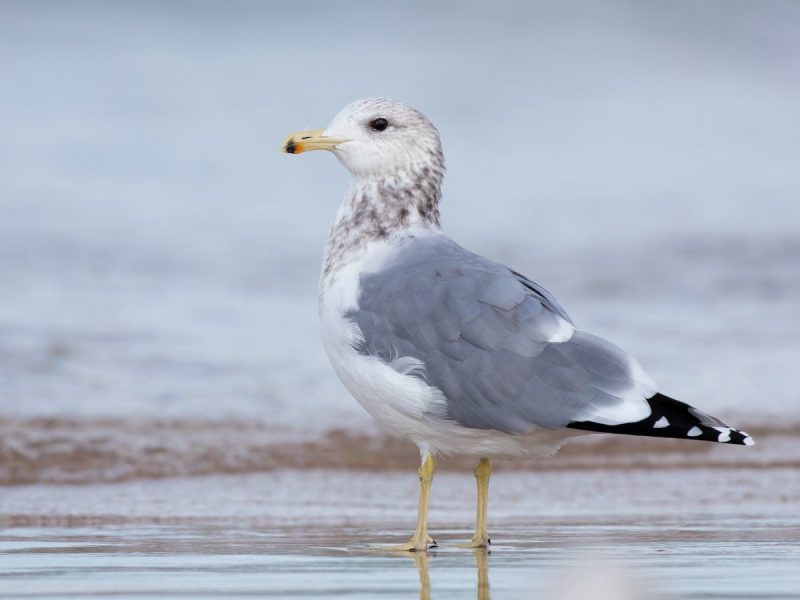
Identification: Gray-backed gull with dark eyes, yellow legs, and a red-black spot on the bill. Occurrence in Michigan: Rare, irregular visitor. Mostly found near Lake Erie during fall. Conservation: Western species. Numbers in the East are slowly rising.
Delicate and Migratory Gulls
9. Bonaparte’s Gull (Chroicocephalus philadelphia)
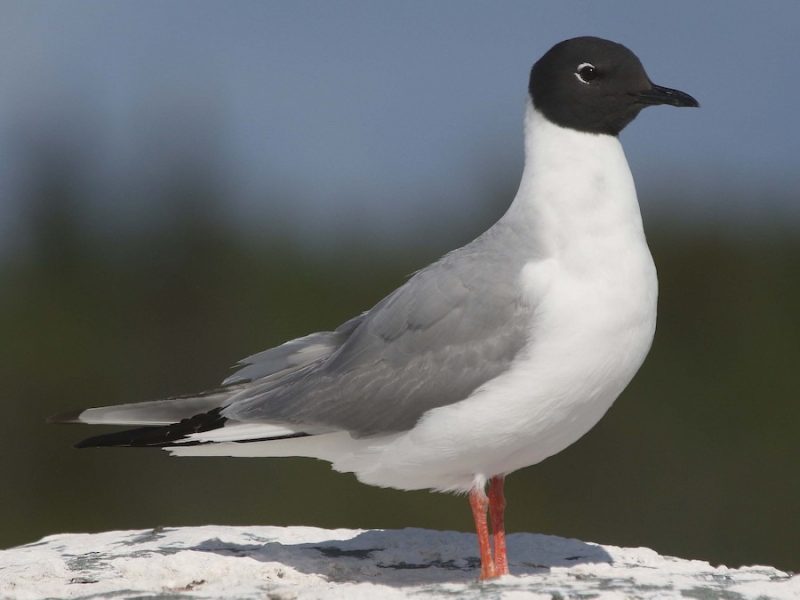
Identification: Small, agile gull with a black head in breeding season, thin black bill, and white wedge in wings. Occurrence in Michigan: Common during spring and fall migration. Flocks often over inland lakes. Conservation: Breeds in boreal forests; migration numbers reflect forest health.
10. Franklin’s Gull (Leucophaeus pipixcan)
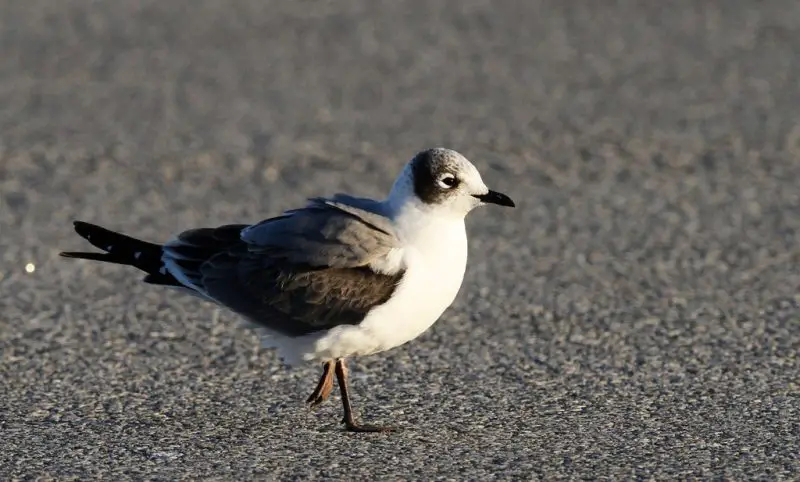
Identification: Black-headed, pinkish wash on belly in breeding plumage, white eye arcs. Occurrence in Michigan: Uncommon migrant. Often seen in small groups inland. Conservation: Prairie breeder. Observations in Michigan mark successful cross-country migration.
11. Laughing Gull (Leucophaeus atricilla)
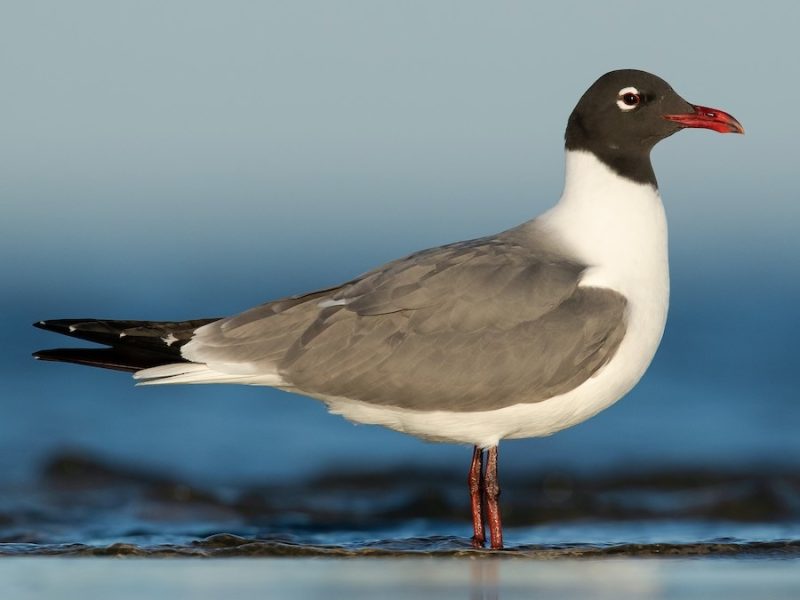
Identification: Dark gray back, black head in breeding, red bill, and loud call. Occurrence in Michigan: Rare, mostly after coastal storms. Conservation: Breeds along the Atlantic. Inland sightings increasing slightly.
Rare and Noteworthy Gulls
12. Sabine’s Gull (Xema sabini)
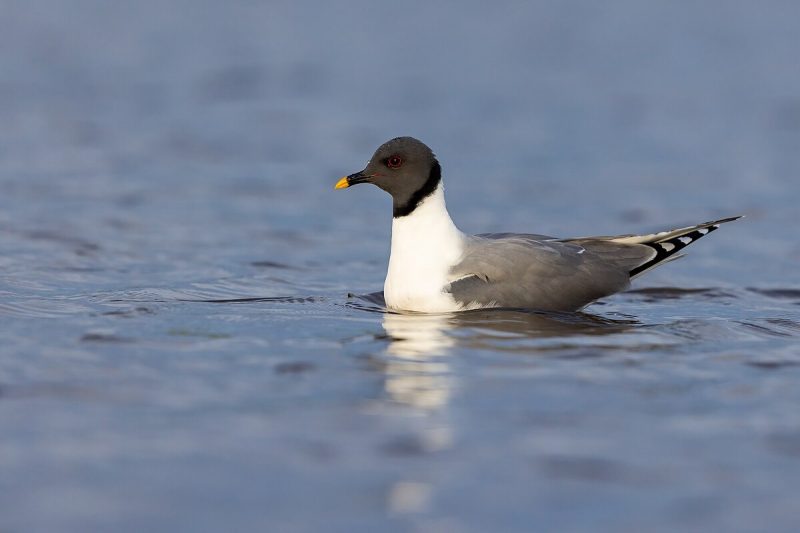
Identification: Tri-colored wings, forked tail, and a dainty appearance. Occurrence in Michigan: Rare pelagic migrant on Great Lakes, mainly Lake Superior. Conservation: Breeds in Arctic; migration timing linked to sea ice conditions.
13. Black-headed Gull (Chroicocephalus ridibundus)
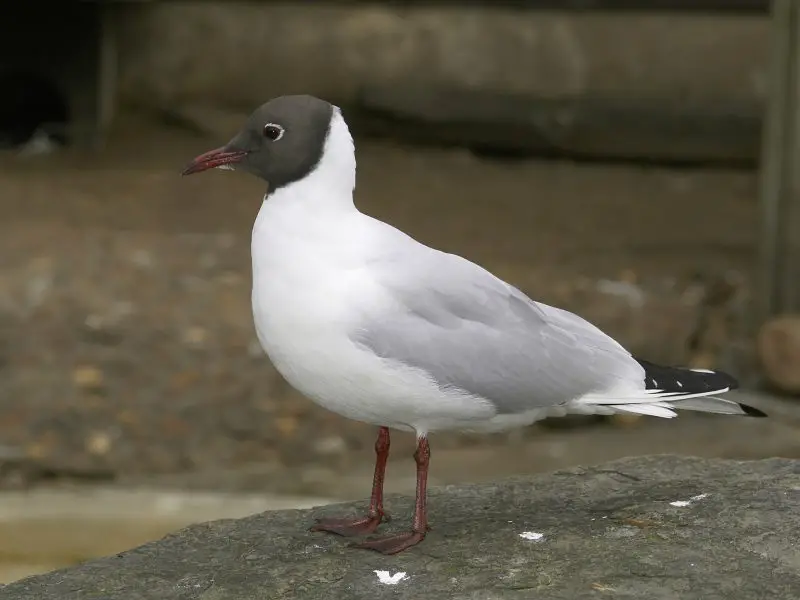
Identification: Red bill and legs, dark chocolate-brown hood in breeding plumage. Occurrence in Michigan: Rare Eurasian vagrant. Occasional winter records. Conservation: Watch for with Bonaparte’s Gull flocks.
14. Little Gull (Hydrocoloeus minutus)
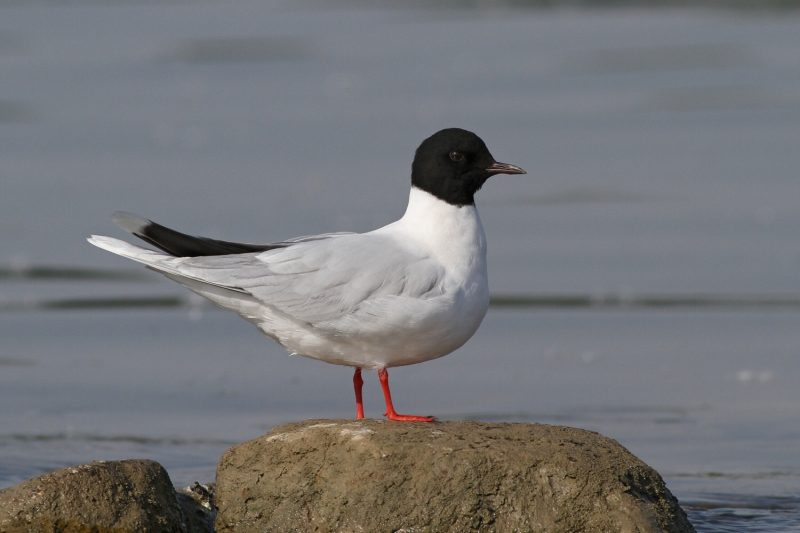
Identification: Smallest gull. Black underwings and delicate structure. Occurrence in Michigan: Rare but regular during migration. Seen with Bonaparte’s Gulls. Conservation: Breeds in Eurasia and parts of Canada. Important migrant indicator.
15. Slaty-backed Gull (Larus schistisagus)
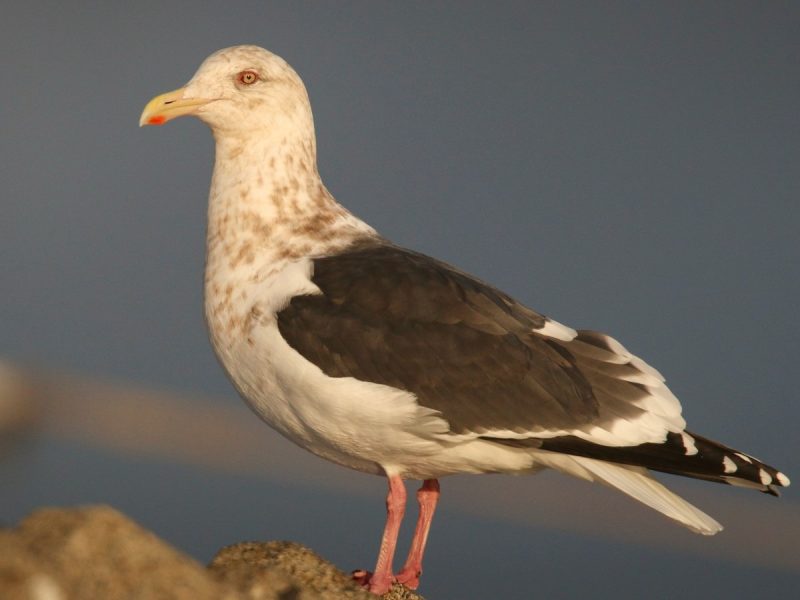
Identification: Large Asian gull with dark slate-gray back and string of white wing spots. Occurrence in Michigan: Extremely rare. Documented from storm events. Conservation: Notable mega-rarity. Any sighting demands documentation.
16. Black-tailed Gull (Larus crassirostris)
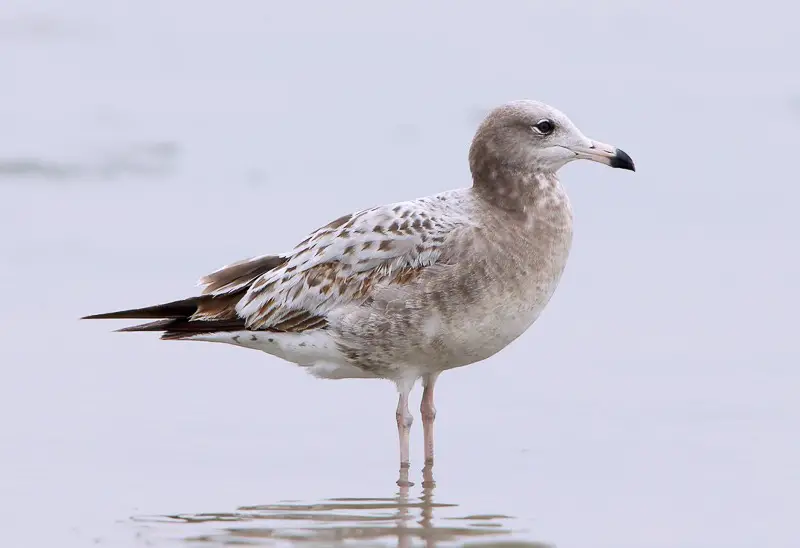
Identification: Medium size, black tail band, red-tipped yellow bill. Occurrence in Michigan: Exceptional rarity from East Asia. Conservation: Only a few North American sightings.
17. Yellow-legged Gull (Larus michahellis)
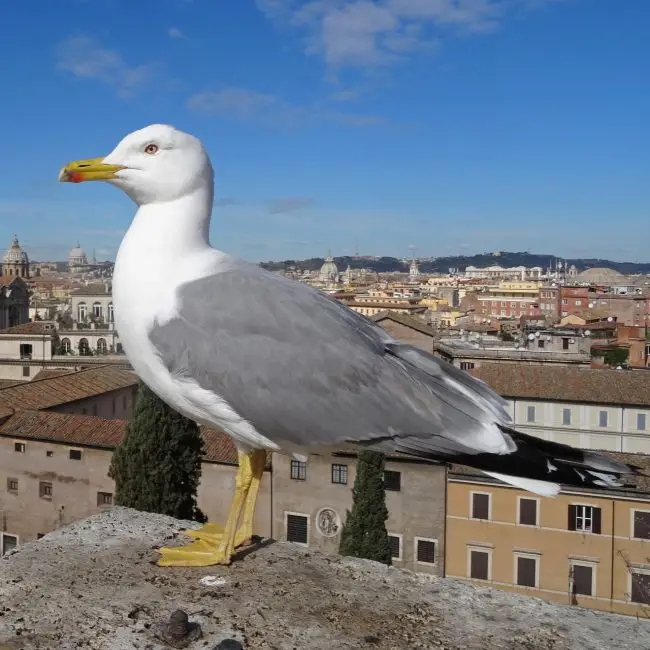
Identification: Large gull, yellow legs, darker mantle than Herring Gull. Occurrence in Michigan: Very rare. Possibly overlooked due to similarity. Conservation: Native to Europe. One or two suspected sightings.
18. Western Gull (Larus occidentalis)
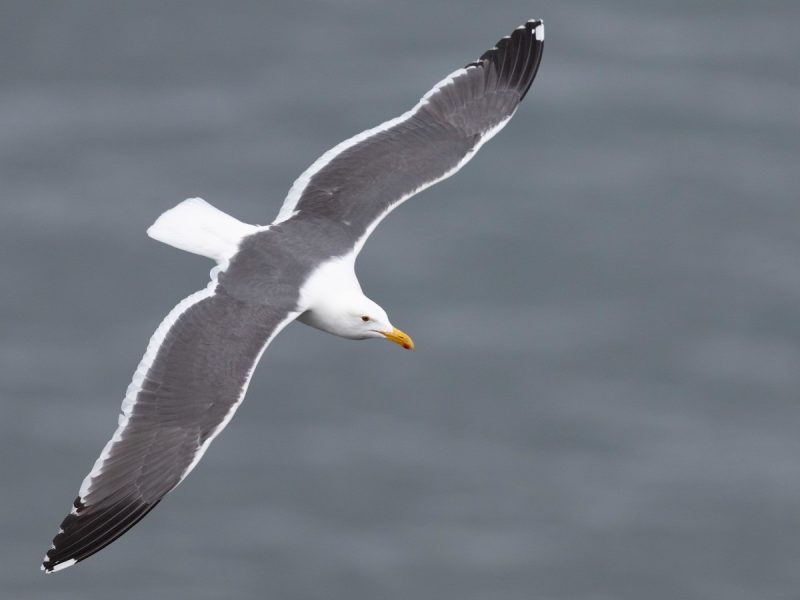
Identification: Large, dark-backed with pink legs and heavy bill. Occurrence in Michigan: Rare Pacific vagrant. Conservation: Coastal breeder. Appears after storms or displacement events.
19. Heermann’s Gull (Larus heermanni)
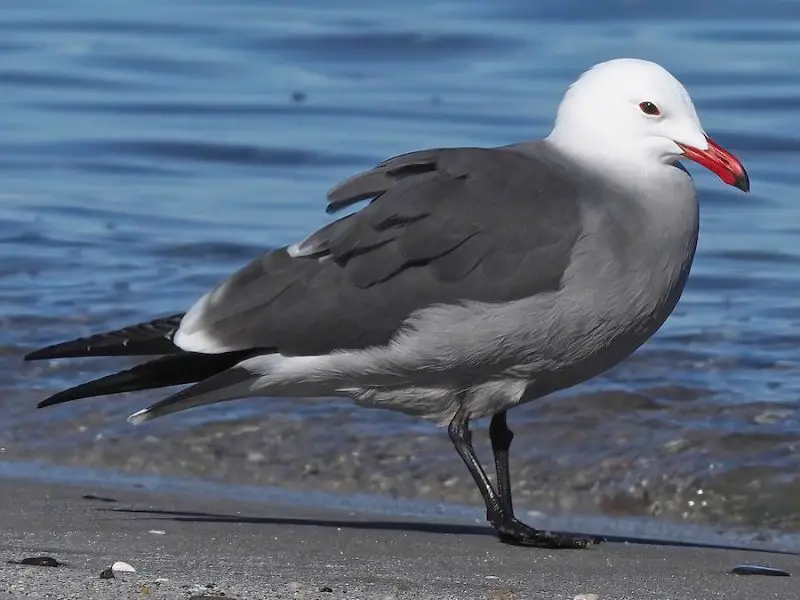
Identification: Striking gray body, white head, red bill. Occurrence in Michigan: Very rare. One or two records exist. Conservation: Western U.S. species. Inland sightings are major events.
20. Ivory Gull (Pagophila eburnea)
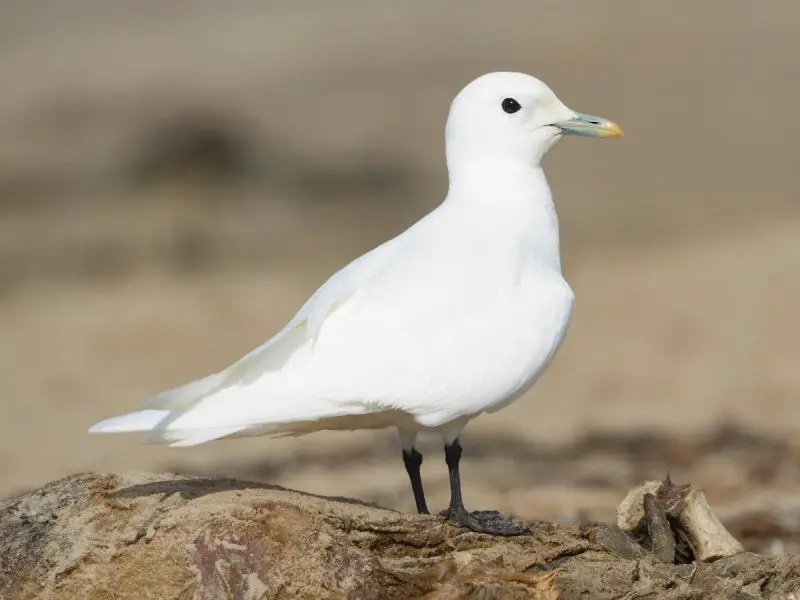
Identification: All-white plumage, black legs, small black bill tip. Occurrence in Michigan: Rare Arctic wanderer during irruptive winters. Conservation: Threatened by climate change.
21. Ross’s Gull (Rhodostethia rosea)
Identification: Pinkish underparts, wedge-shaped tail, black collar in breeding. Occurrence in Michigan: Legendary rarity. Reported once or twice. Conservation: Arctic breeder; vulnerable to warming trends.
Hybrids and Unconfirmed Visitors
22. Nelson’s Gull (Glaucous × Herring)
Identification: Large size, pale plumage, intermediate bill. Occurrence in Michigan: Regular in winter. Conservation: Common hybrid; may be underreported.
23. Viking Gull (Lesser Black-backed × Herring)
Identification: Medium-gray back, variable leg color. Occurrence in Michigan: Increasingly noted in winter. Conservation: Expanding hybrid zone.
24. Great Lakes Gull (Great Black-backed × Herring)
Identification: Bulky size, gray-black back, thick bill. Occurrence in Michigan: Scattered winter sightings. Conservation: Localized hybrid.
Extremely Rare Vagrants
25. Kelp Gull (Larus dominicanus)
Identification: Broad black back, greenish legs, heavy bill. Occurrence in Michigan: Only one confirmed sighting. Conservation: Southern Hemisphere native.
26. Glaucous-winged Gull (Larus glaucescens)
Identification: Pale gray wingtips, thick bill, bulky build. Occurrence in Michigan: Exceptional records during displacement events. Conservation: Pacific breeder.
27. Mew Gull (Larus canus)
Identification: Small, gentle expression, short bill, rounded head. Occurrence in Michigan: Rare in winter. Conservation: Subtle ID features; often missed.
28. Common Gull (Larus canus canus)
Identification: Eurasian form, smaller than Herring Gull. Occurrence in Michigan: Extremely rare. Conservation: May appear with Ring-billed flocks.
29. Vega Gull (Larus vegae)
Identification: Herring-like, darker mantle, pink legs. Occurrence in Michigan: No confirmed records, but under consideration. Conservation: Asian form. Taxonomy debated.
30. Caspian Gull (Larus cachinnans)
Identification: Long-legged, long-billed with sloping forehead. Occurrence in Michigan: Suspected in several sightings. Conservation: Complex ID challenge.
31. Armenian Gull (Larus armenicus)
Identification: Medium size, dark back, red eye ring. Occurrence in Michigan: Not confirmed, potential vagrant. Conservation: Limited to Eurasia; inclusion here reflects possibilities in vagrant years.
Conclusion
Gulls may not always receive the attention they deserve, but they offer some of the most rewarding birdwatching experiences in Michigan. Their variety, adaptability, and subtle beauty tell a broader story of migration, climate, and ecological health. By observing and documenting gulls, birders not only enjoy a complex and fascinating group of birds but also contribute valuable data to science and conservation.





